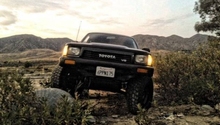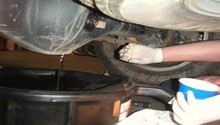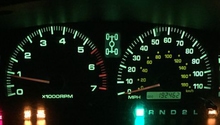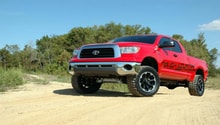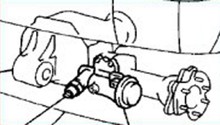Toyota 4Runner 1996-2002: 4WD General Information
Learning more about the 4WD system in your Toyota 4Runner allows you to use it at its full potential. Read on to learn all about it.
This article applies to the Toyota 4Runner (1996-2002).
The 4WD system on your Toyota 4Runner allows you to take it to places most cars can't go. The 4WD isn't a complicated system; however, there are a few things you will have to understand before using it. The more you use your 4WD, the more maintenance you will have to do. Before you go driving onto the mountains, however, read this guide to assist you in using your 4WD system properly, so you can gain the most traction and drive over the toughest terrain. Once you understand the 4WD system, the world will become a lot more adventurous.
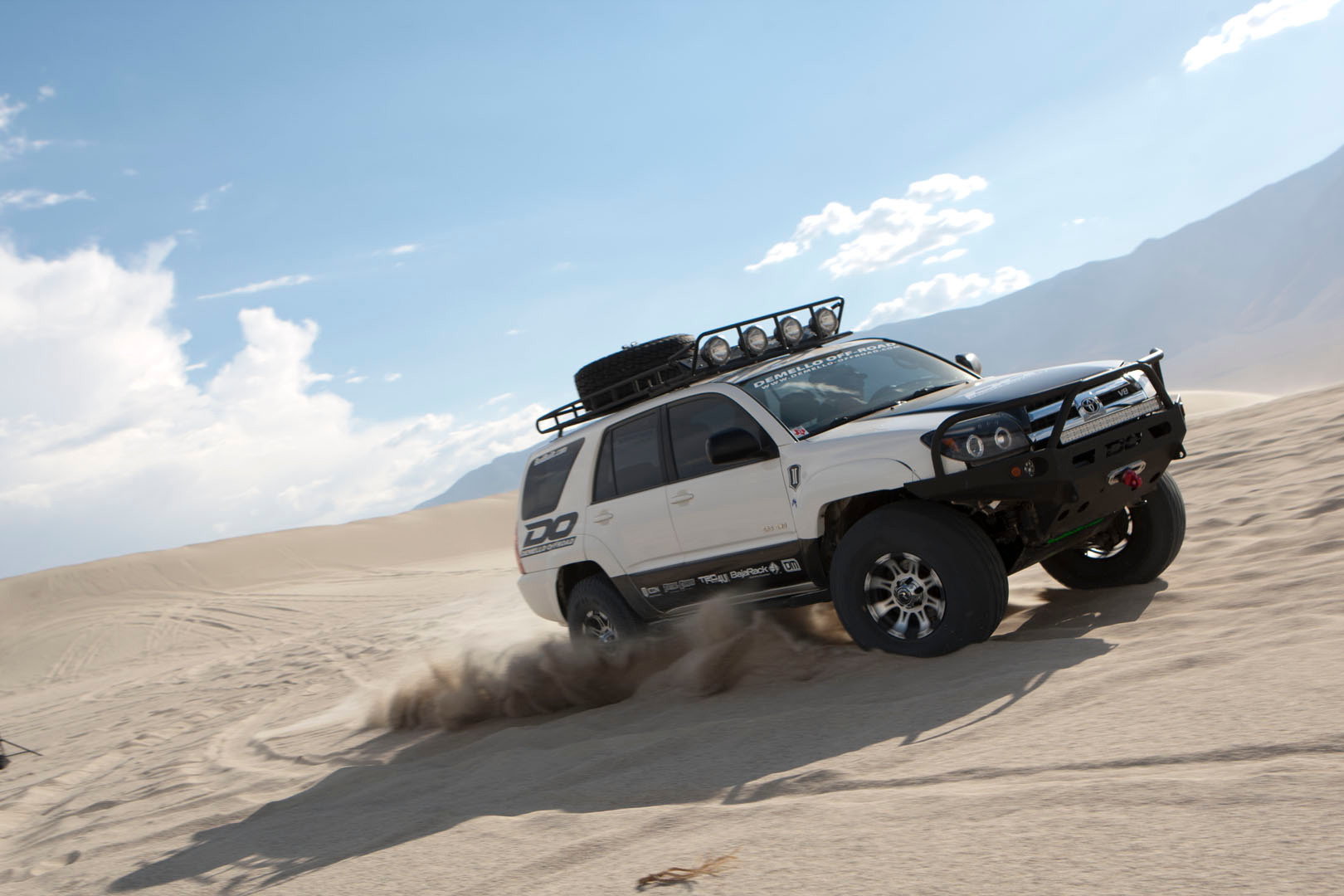
Maintenance
When you decide to take your 4Runner off-roading, you put it through a completely different type of driving that you would by commuting to work. The first and most important piece of maintenance you should focus on when you start off-roading is checking for leaks. You never know what hits the bottom of your car, how much scraping you do, and just regular wear. The last thing you want to do is to be stranded off the road. Check your coolant hoses and radiator for gashes, or gouging that can cause a leak. Be sure to replace your front and rear differential fluid every 15,000 miles if you do a lot of off-roading, or 30,000 miles if you don't off-road as much. The more off-roading you do, the more consistent you should be with your regular maintenance. If you do a lot of off-roading, you should consider changing the engine oil every 3,000 miles instead of 5,000, and do the same for your regular maintenance.
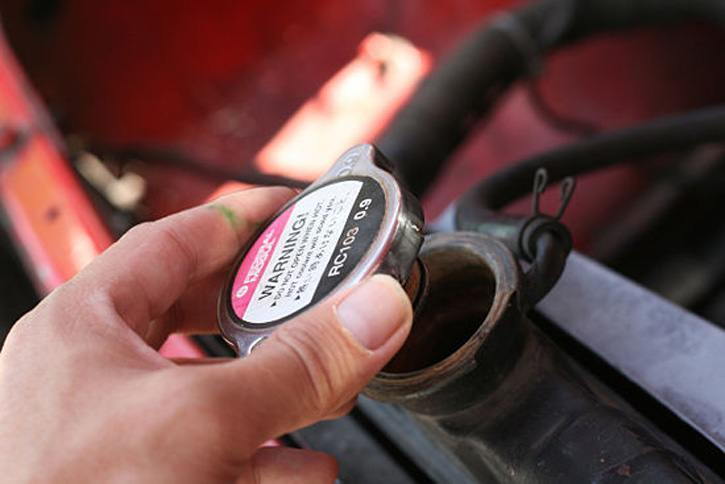
4WD
The 4WD system is designed to activate all four wheels to work together, which allows your car to gain more traction. It's not recommended you activate the 4WD system when you're on the road, as it is only designed for off-road use.
The 4WD lever has a few different gears to switch from. The neutral position of the 4WD lever is set on 2WD, which is its off position. The very next gear is 4WD Hi, which is good when you're off-roading, but doing more of easy terrains. 4Hi is commonly used in snow and mud. As you get stuck or climb higher and tougher terrains, the 4WD Lo kicks it up a notch, at a lower gear, and it allows your 4Runner to climb a lot more aggressively. 4Lo offers increased mechanical torque and creeping speeds, which is used in rock crawling.
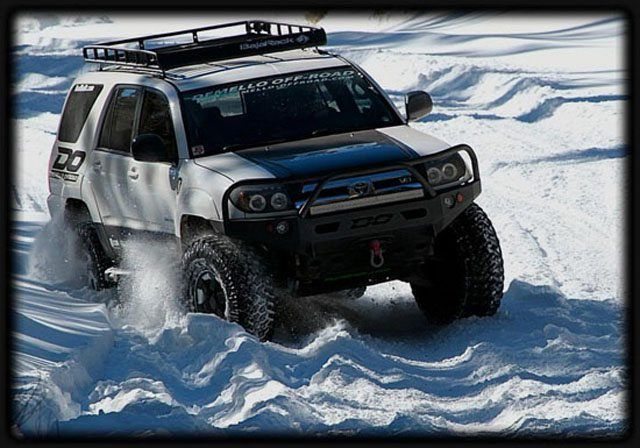
4WD Lever Switching
Switching to 4WD requires a little bit of knowledge. It's important you understand when you can or can't switch into 4WD.
The first rule is to never activate the 4WD system on dry pavement, ever.
You should not activate the 4WD system when you're on a hill. So keep your eyes ahead, and think ahead. Switch to 4WD before you need it, not when you're stuck.
The 4WD lever will always feel rougher than your regular transmission, so don't feel like you're about to break it. When switching to 4WD Hi, you can be at any speed. Pull it firmly and confidently in position.
When switching to 4WD Lo, you have to make sure the car is almost coming to a complete stop, but not completely stop. Pull it into 4WD Lo firmly, then climb whatever obstacle you have in front of you. It's normal to hear a bit of a grinding noise; again, be confident when pulling it and don't expect a smooth transition.
When you want to get out of 4WD, there is no need to ever do it while driving at a higher speed. Again, coast until you come to an almost complete stop, then if you have a manual transmission, step on the clutch and push the lever back to the gear you want; however, if you have an automatic transmission, you will have to put it in neutral, then push the 4WD lever back in gears.

Related Discussions
- 4WD Won't Disengage - YotaTech.com
- 4WD Wont Engage - YotaTech.com

